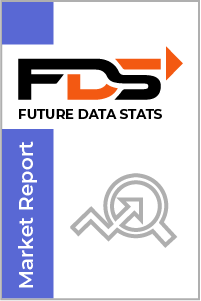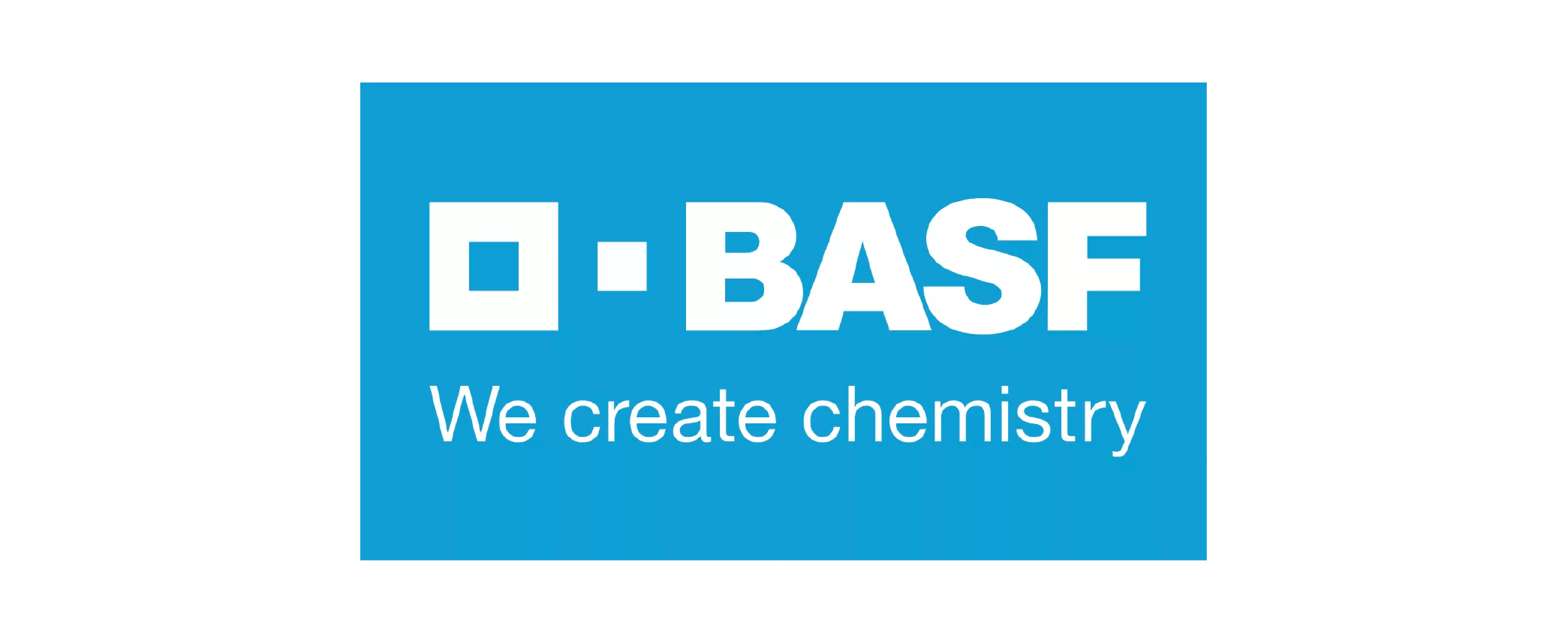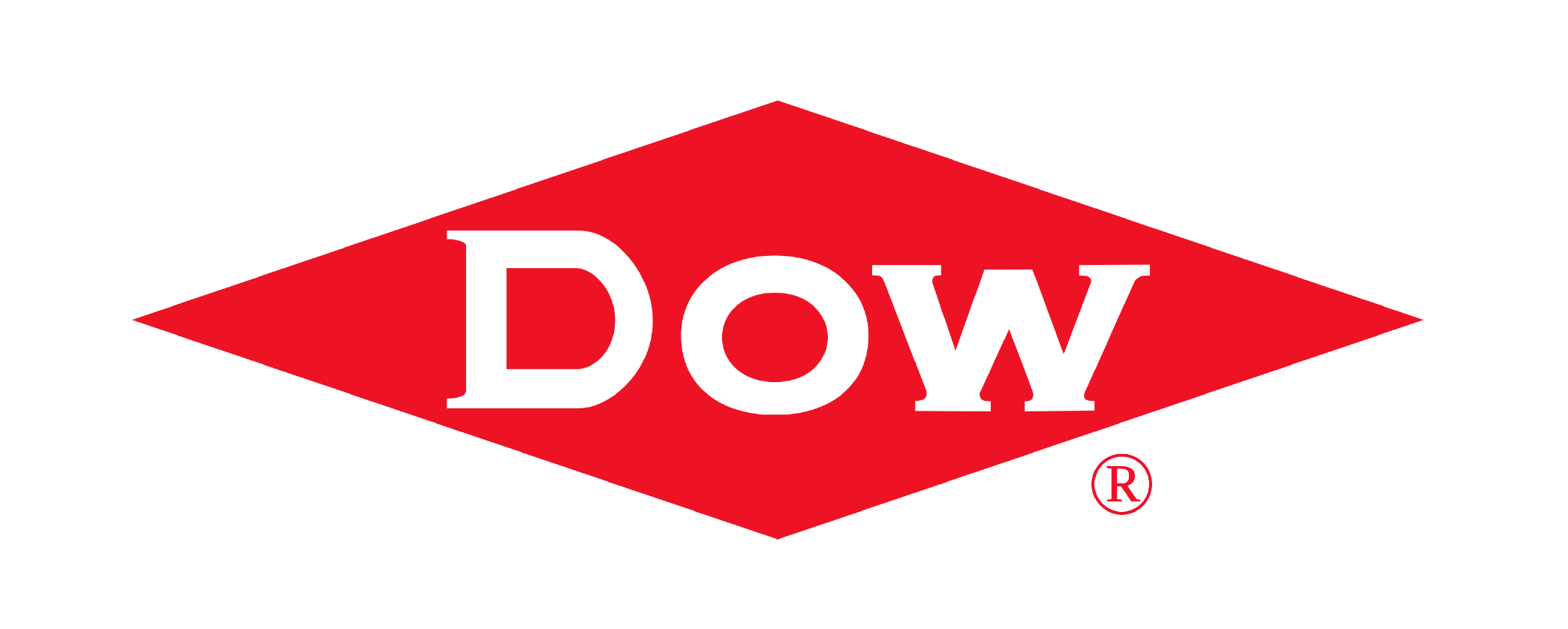The global Requirements Management Software market size was valued at USD 12.2 billion in 2023 and is projected to expand at a compound annual growth rate (CAGR) of 12.7% during the forecast period, reaching a value of USD 30.4 billion by 2030.
Requirements Management Software market research report by Future Data Stats, offers a comprehensive view of the market's historical data from 2018 to 2021, capturing trends, growth patterns, and key drivers. It establishes 2022 as the base year, analyzing the market landscape, consumer behavior, competition, and regulations. Additionally, the report presents a well-researched forecast period from 2023 to 2030, leveraging data analysis techniques to project the market's growth trajectory, emerging opportunities, and anticipated challenges.
MARKET OVERVIEW:
Requirements Management Software plays a pivotal role in the success of modern businesses by efficiently organizing and overseeing the entire process of gathering, documenting, and tracking project requirements. This software acts as a centralized hub, facilitating seamless communication and collaboration among project teams, stakeholders, and clients. It empowers organizations to create a comprehensive and structured framework for requirements, ensuring that every detail is captured and analyzed for clarity and precision.
In essence, Requirements Management Software serves as a dynamic tool for enhancing project visibility and mitigating risks. It enables teams to identify potential challenges early in the development lifecycle, allowing for timely adjustments and preventing costly errors. By streamlining the requirements process, this software contributes to improved project outcomes, fostering a culture of transparency, accountability, and ultimately, success in the ever-evolving landscape of project management.
MARKET DYNAMICS:
The increasing complexity of projects in today's business landscape. As organizations undertake more intricate initiatives, the need for robust requirements management becomes crucial. This software provides a structured approach, streamlining the process of defining, analyzing, and managing requirements, ultimately enhancing project success rates.
However, the market faces certain restraints that impact its widespread adoption. One notable challenge is the resistance to change within organizations. Implementing new software requires a shift in workflows and practices, which can meet resistance from established routines. Overcoming this obstacle necessitates effective change management strategies to educate and empower teams in embracing the benefits of Requirements Management Software.
REQUIREMENTS MANAGEMENT SOFTWARE MARKET SEGMENTAL ANALYSIS
BY TYPE:
Cloud-based Requirements Management Software has emerged as a key player in this dynamic market. Its appeal lies in the flexibility and accessibility it provides to organizations. With the ability to store and manage requirements in a centralized, online environment, teams can collaborate seamlessly, breaking down geographical barriers. This type of software also offers scalability, allowing organizations to adapt to changing project needs efficiently.
On the other hand, the market is also marked by the presence of On-premises Requirements Management Software. This traditional approach to deployment has its strengths, particularly in industries with stringent security and compliance requirements. On-premises solutions provide organizations with direct control over their data and infrastructure, ensuring that sensitive information remains within the confines of the organization's physical premises. While it may lack the agility of cloud-based counterparts, On-premises Requirements Management Software remains a stalwart choice for businesses prioritizing data control and compliance adherence.
BY APPLICATION:
In the Aerospace and Defense sector, stringent compliance requirements and the complexity of projects drive the demand for sophisticated Requirements Management Software. These solutions provide a structured approach to managing specifications, ensuring precision and adherence to industry standards, thereby contributing to the success of aerospace and defense projects.
Similarly, the Automotive industry relies heavily on Requirements Management Software to navigate the intricate web of design specifications, safety standards, and quality controls. The dynamic nature of the automotive sector necessitates a flexible and efficient approach to requirements management, and software solutions tailored to these needs become instrumental in optimizing processes and enhancing overall project outcomes. The Electronics and Semiconductor sector also benefits significantly from Requirements Management Software, where precise documentation and collaboration are essential for innovation and speed to market.
In the Healthcare domain, stringent regulatory requirements and the need for precision in product development make Requirements Management Software indispensable. This technology ensures that medical devices and software adhere to strict specifications, facilitating compliance and fostering innovation. Furthermore, the IT and Telecom sector leverages Requirements Management Software to streamline the development and deployment of software applications, ensuring that products meet the evolving demands of the digital landscape. In the Manufacturing realm and across various other sectors, the adaptability and scalability of Requirements Management Software contribute to efficient project management, aligning processes with industry-specific needs.
BY END USER:
In the IT and Telecom sector, the demand for Requirements Management Software is fueled by the ever-evolving nature of technology. This software streamlines the process of gathering and managing project requirements, ensuring that software development and telecom infrastructure projects align seamlessly with the rapidly changing demands of the digital world.
The BFSI (Banking, Financial Services, and Insurance) sector is another significant player in the Requirements Management Software market. With a heavy emphasis on compliance, security, and precision, this industry relies on robust requirements management to navigate complex regulations and deliver innovative financial solutions. Healthcare, as a critical sector with unique regulatory requirements, leverages Requirements Management Software to maintain the highest standards in product development, ensuring that medical technologies and software adhere to stringent specifications.
In the Retail industry, the demand for efficient and flexible Requirements Management Software is driven by the need for streamlined processes in product development, inventory management, and customer-facing applications. Similarly, the Manufacturing sector relies on this software to optimize production workflows and ensure compliance with industry standards. The Government and Public Sector, marked by complex projects and regulatory frameworks, benefit from Requirements Management Software to enhance transparency, accountability, and successful project outcomes.
BY INDUSTRY VERTICAL:
In the Aerospace and Defense sector, precise management of project requirements is critical due to stringent regulations and the complexity of projects. Requirements Management Software serves as a strategic tool, facilitating meticulous documentation and ensuring compliance with industry standards, ultimately contributing to the success of aerospace and defense endeavors.
In the Automotive industry, the dynamic landscape of design specifications, safety standards, and rapid innovation necessitates the integration of efficient Requirements Management Software. This technology enables seamless collaboration and precise documentation, streamlining processes and enhancing overall project outcomes. Healthcare, marked by strict regulatory requirements and the need for precision in product development, relies on Requirements Management Software to ensure that medical devices and software adhere to rigorous specifications, fostering compliance and innovation.
The IT and Telecom sector, driven by constant technological advancements, leverages Requirements Management Software to navigate the evolving digital landscape. This software optimizes the gathering and management of project requirements, ensuring that software development and telecom infrastructure projects align with the rapidly changing demands of the industry.
REGIONAL ANALYSIS:
In North America, the market experiences robust growth, driven by the region's technological advancements and the proactive adoption of innovative solutions. The presence of a mature IT infrastructure and a high concentration of key market players contribute to the flourishing demand for Requirements Management Software, making North America a significant hub for advancements and market expansion.
In Europe, the market for Requirements Management Software reflects a similar trend, with a focus on precision and compliance in industries such as automotive and manufacturing. The region's emphasis on quality control and adherence to stringent regulations fuels the demand for sophisticated requirements management solutions. Meanwhile, the Asia Pacific region emerges as a dynamic market with rapid industrialization and increasing investments in IT and telecom.
COVID-19 IMPACT:
The widespread disruptions caused by lockdowns, supply chain interruptions, and remote work mandates compelled organizations to reassess their project management strategies. In response to the challenges posed by the pandemic, the demand for Requirements Management Software surged, as businesses sought efficient tools to adapt to remote collaboration, manage evolving project requirements, and ensure the successful execution of projects in a rapidly changing environment.
The COVID-19 pandemic acted as a catalyst for the adoption of cloud-based Requirements Management Software, facilitating seamless collaboration among remote teams. Organizations recognized the importance of robust requirements management to navigate uncertainties and mitigate risks associated with project development. Additionally, the pandemic emphasized the need for flexibility and scalability in software solutions, prompting businesses to invest in platforms that offer adaptability to dynamic project requirements.
KEY MARKET PLAYERS:
- IBM Corporation
- Microsoft Corporation
- Atlassian Corporation
- Jama Software
- Helix RM (Perforce)
- Siemens AG
- Polarion Software
- PTC Inc.
- Accompa (OptimalTrace)
- Jama Connect
- Helix RM (Perforce)
- Helix RM (Perforce)
- ReqView
- Sparx Systems
- Inflectra Corporation
- Micro Focus International plc
- Kovair Software
- SmartBear Software
- Blueprint Software Systems
- Orcanos
- Modern Requirements
- Intland Software
- Helix RM (Perforce)
- Helix RM (Perforce)
- OneDesk
Table of Contents
Executive Summary
1.1 Overview
1.2 Key Findings
1.3 Market Attractiveness Analysis
Introduction
2.1 Market Definition
2.2 Scope of the Report
2.3 Research Methodology
2.4 Assumptions
Market Overview
3.1 Market Dynamics
3.1.1 Drivers
3.1.2 Restraints
3.1.3 Opportunities
3.2 Industry Value Chain Analysis
3.3 Porter's Five Forces Analysis
3.4 PESTLE Analysis
Market Segmentation
4.1 By Deployment Type
4.1.1 On-Premises
4.1.2 Cloud-based
4.2 By Organization Size
4.2.1 Small and Medium Enterprises (SMEs)
4.2.2 Large Enterprises
4.3 By End-User Industry
4.3.1 IT and Telecom
4.3.2 BFSI
4.3.3 Healthcare
4.3.4 Manufacturing
4.3.5 Others
Competitive Landscape
5.1 Market Competition Overview
5.2 Company Profiles
5.2.1 Company A
5.2.2 Company B
5.2.3 Company C
5.2.4 Company D
5.3 Market Share Analysis
5.4 Competitive Strategies Adopted
Market Analysis by Region
6.1 North America
6.1.1 Market Size and Forecast
6.1.2 Key Players
6.2 Europe
6.2.1 Market Size and Forecast
6.2.2 Key Players
6.3 Asia Pacific
6.3.1 Market Size and Forecast
6.3.2 Key Players
6.4 Latin America
6.4.1 Market Size and Forecast
6.4.2 Key Players
6.5 Middle East and Africa
6.5.1 Market Size and Forecast
6.5.2 Key Players
Market Trends and Developments
Strategic Recommendations
Appendix
9.1 Data Sources
9.2 Abbreviations
9.3 Disclaimer
Requirements Management Software Market Segmentation:
By Type:
- Cloud-based Requirements Management Software
- On-premises Requirements Management Software
By Application:
- Aerospace and Defense
- Automotive
- Electronics and Semiconductor
- Healthcare
- IT and Telecom
- Manufacturing
- Others
By End User:
- IT and Telecom
- BFSI
- Healthcare
- Retail
- Manufacturing
- Government and Public Sector
- Others
By Industry Vertical:
- Aerospace and Defense
- Automotive
- Healthcare
- IT and Telecom
- Manufacturing
- Retail
- Others
By Geography:
- North America (USA, Canada, Mexico)
- Europe (Germany, UK, France, Russia, Italy, Rest of Europe)
- Asia-Pacific (China, Japan, South Korea, India, Southeast Asia, Rest of Asia-Pacific)
- South America (Brazil, Argentina, Columbia, Rest of South America)
- Middle East and Africa (Saudi Arabia, UAE, Egypt, Nigeria, South Africa, Rest of MEA)
Key Reasons to Buy this Report
- Comprehensive Insights: Market research reports provide in-depth and comprehensive insights into various industries, markets, and sectors. These reports are prepared after extensive data collection, analysis, and interpretation, offering you valuable information and a clear understanding of market trends, dynamics, and opportunities.
- Future Predictions: Market research reports often include future data statistics, forecasts, and predictions. These predictions are based on rigorous analysis and modeling techniques, taking into account various factors such as market growth drivers, challenges, and emerging trends. By accessing these future data stats, you can make informed decisions and develop strategies that align with the projected market scenarios.
- Industry Analysis: Market research reports offer detailed industry analysis, including factors such as market size, market share, competitive landscape, and key players. These reports provide an overview of the industry's current status, growth potential, and competitive dynamics, enabling you to identify lucrative opportunities and stay ahead of the competition.
- Market Trends and Opportunities: By purchasing market research reports, you gain access to up-to-date information on market trends and emerging opportunities. These reports highlight the latest consumer preferences, technological advancements, regulatory changes, and other influential factors shaping the market landscape. Keeping track of these trends helps you identify potential growth areas and adapt your business strategies accordingly.
- Risk Mitigation: Investing in a market research report can help mitigate risks associated with market uncertainties. The reports provide insights into potential risks, challenges, and barriers to entry in specific markets or industries. With this knowledge, you can develop risk mitigation strategies, anticipate market fluctuations, and make informed decisions to minimize potential losses.
- Investment Decision Support: Market research reports are valuable tools for investors, venture capitalists, and financial institutions. These reports provide reliable and data-driven information that aids in investment decision-making processes. By analyzing market research reports, investors can evaluate the market potential, assess the feasibility of investment opportunities, and gauge the expected returns on investment.
- Product Development and Innovation: Market research reports offer insights into consumer preferences, needs, and demands. This information can be leveraged for product development and innovation. By understanding the market dynamics and consumer behavior, you can tailor your products or services to meet the evolving needs of your target audience, leading to enhanced customer satisfaction and market success.
- Strategic Planning: Market research reports serve as a foundation for strategic planning. They provide a comprehensive overview of the market landscape, competitive positioning, and growth potential. With this knowledge, you can develop effective business strategies, set realistic goals, and allocate resources efficiently. Strategic planning based on accurate market research helps optimize your operations and improve your chances of success.
- Market Entry and Expansion: For businesses looking to enter new markets or expand their existing operations, market research reports are indispensable. These reports provide insights into market dynamics, consumer behavior, regulatory frameworks, and competitive landscapes specific to the target markets. This information helps you assess the feasibility of market entry, identify potential obstacles, and develop market entry strategies that increase your chances of success.
- Evidence-Based Decision Making: Market research reports provide evidence-based data and analysis, enabling you to make informed decisions. Rather than relying on assumptions or guesswork, you can base your decisions on reliable information and market insights. Evidence-based decision making reduces the risk of costly mistakes and increases the likelihood of achieving your business objectives.
RESEARCH METHODOLOGY
With a collective industry experience of about 70 years of analysts and experts, Future Data Stats encompasses the most infallible research methodology for its market intelligence and industry analysis. Not only does the company dig deep into the innermost levels of the market, but also examines the minutest details for its market estimates and forecasts.
This approach helps build a greater market-specific view of size, shape, and industry trends within each industry segment. Various industry trends and real-time developments are factored into identifying key growth factors and the future course of the market. The research proceeds are the results of high-quality data, expert views & analysis, and valuable independent opinions. The research process is designed to deliver a balanced view of the global markets and allows stakeholders to make informed decisions, to attain their highest growth objectives.
Future Data Stats offers its clients exhaustive research and analysis, based on a wide variety of factual inputs, which largely include interviews with industry participants, reliable statistics, and regional intelligence. The in-house industry experts play an instrumental role in designing analytic tools and models, tailored to the requirements of a particular industry segment. These analytical tools and models distill the data & statistics and enhance the accuracy of our recommendations and advice.
With Future Data Stats calibrated research process and 360° data-evaluation methodology, the clients receive:
- Consistent, valuable, robust, and actionable data & analysis that can easily be referenced for strategic business planning
- Technologically sophisticated and reliable insights through a well-audited and veracious research methodology
- Sovereign research proceeds that present a tangible depiction of the marketplace
With this strong methodology, Future Data Stats ensures that its research and analysis is most reliable and guarantees sound business planning.
The research methodology of the global market involves extensive primary and secondary research. Primary research includes about 24 hours of interviews and discussions with a wide range of stakeholders that include upstream and downstream participants. Primary research typically is a bulk of our research efforts, coherently supported by extensive secondary research. Over 3000 product literature, industry releases, annual reports, and other such documents of key industry participants have been reviewed to obtain a better market understanding and gain enhanced competitive intelligence. In addition, authentic industry journals, trade associations’ releases, and government websites have also been reviewed to generate high-value industry insights.
Primary Research:
|
Primary Research
|
Desk Research
|
Company Analysis
|
|
• Identify key opinion leaders • Questionnaire design • In-depth Interviews • Coverage across the value chain
|
• Company Website • Company Annual Reports • Paid Databases • Financial Reports
|
• Market Participants • Key Strengths • Product Portfolio • Mapping as per Value Chain • Key focus segment
|
Primary research efforts include reaching out to participants through emails, telephonic conversations, referrals, and professional corporate relations with various companies that make way for greater flexibility in reaching out to industry participants and commentators for interviews and discussions.
The aforementioned helps to:
- Validate and improve data quality and strengthen the research proceeds
- Develop a market understanding and expertise
- Supply authentic information about the market size, share, growth, and forecasts
The primary research interview and discussion panels comprise experienced industry personnel.
These participants include, but are not limited to:
- Chief executives and VPs of leading corporations specific to an industry
- Product and sales managers or country heads; channel partners & top-level distributors; banking, investments, and valuation experts
- Key opinion leaders (KOLs)
Secondary Research:
A broad array of industry sources for the secondary research typically includes, but is not limited to:
- Company SEC filings, annual reports, company websites, broker & financial reports, and investor presentations for a competitive scenario and shape of the industry
- Patent and regulatory databases to understand technical & legal developments
- Scientific and technical writings for product information and related preemptions
- Regional government and statistical databases for macro analysis
- Authentic news articles, web-casts, and other related releases to evaluate the market
- Internal and external proprietary databases, key market indicators, and relevant press releases for market estimates and forecasts
|
PRIMARY SOURCES |
DATA SOURCES |
|
• Top executives of end-use industries • C-level executives of the leading Parenteral Nutrition companies • Sales manager and regional sales manager of the Parenteral Nutrition companies • Industry Consultants • Distributors/Suppliers
|
• Annual Reports • Presentations • Company Websites • Press Releases • News Articles • Government Agencies’ Publications • Industry Publications • Paid Databases
|
Analyst Tools and Models:
|
BOTTOM-UP APPROACH |
TOP-DOWN APPROACH |
|
· Arriving at · Arriving at · Market Share · Key Market Players |
· Key Market Players · Market Share · Arriving at · Arriving at |
Requirements Management Software Market Dynamic Factors
Drivers:
- Growing demand for streamlined project management processes.
- Increasing complexity of projects, necessitating effective requirements management.
- Rise in the adoption of agile and DevOps methodologies.
- Emphasis on compliance and regulatory standards driving the need for robust requirements management.
Restraints:
- Resistance to change within organizations affecting implementation.
- Budget constraints for small and medium-sized enterprises.
- Security concerns related to sensitive project requirements data.
Opportunities:
- Emerging markets providing untapped growth opportunities.
- Continuous advancements in technology enhancing software capabilities.
- Increasing awareness and education about the benefits of requirements management.
- Customization and scalability options to cater to diverse industry needs.
Challenges:
- Competition among vendors leading to market saturation.
- Balancing flexibility and control in requirements management.
- Addressing the learning curve for users transitioning to new software.
- Ensuring data integrity and preventing information silos in large organizations.
Frequently Asked Questions















